As mentioned earlier the onion paste is gently cooked in oil over a slow fire to blunt the raw taste. This is followed by the addition of a large spoonful of garlic ginger paste and cooked for some time using oil on a curved utensil like a wok called Kadai in India. Masalas can be added at any stage, if you add them in oil as the first step that is better since they lose the raw flavor. Some cooks roast the masalas to be added, so cooking time is reduced. Tomato slices or puree is the next step or some people use curd.
From here on variations enter the dish. What else is to be added depends upon the dish. Some people in Western India, add crushed or ground coconut often after lightly roasting. Depending upon the dominant flavor people may add dried fenugreek or spinach paste or mint or a large quantity of coriander. This is what makes curries different from each other and delivers a mind-boggling taste and aroma.
In order to make korma chefs add almond, cashew nut, or groundnut paste. This makes the gravy sweet and thicker but the gastronomic experience is fantastic. I repeat the variations that peak in are mind-boggling and much depends upon the ingenuity of the cook.
The amount of water to be added depends on how thick or watery gravy you want. The foodies who like to add curry to the rice prefer water curries while meat eaters mostly prefer thick curry that goes down well with meat dishes. Remember no curry or lentil soup is added to biryani as it is eaten alone or with the addition of curd.
An amazing variety of curries are prepared with the recipes of some closely guarded. Though standard curry recipe is commonplace in households and restaurants much depend upon the ingenuity of the chef as regards variation. Thus, an expert cook will use the same vegetable or meat but the dish would come out as unique with an exotic taste.


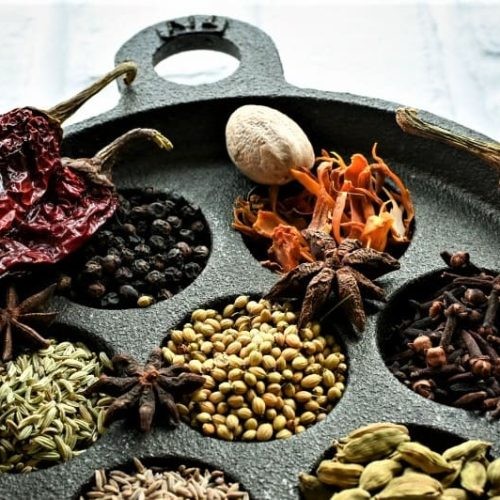
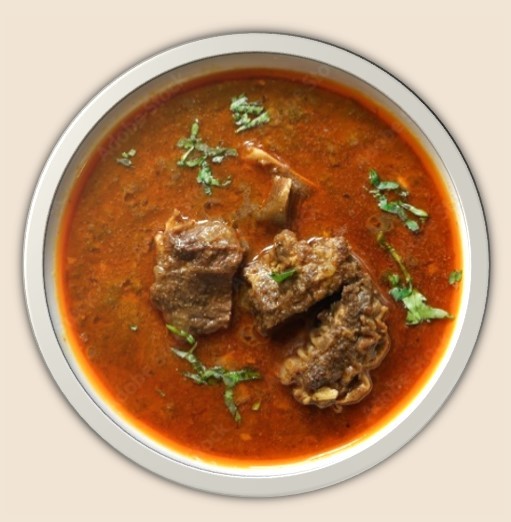
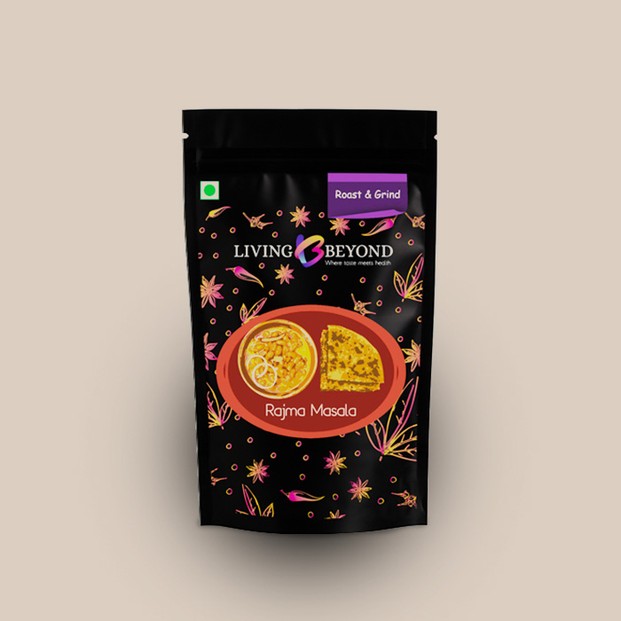






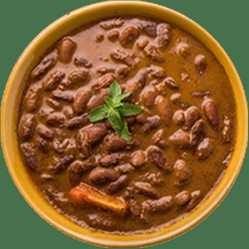

 Full Day Safari in Bandhavgarhon 08/29/2023
Full Day Safari in Bandhavgarhon 08/29/2023
 SEO Campaign: Website Overhaulon 02/13/2023
SEO Campaign: Website Overhaulon 02/13/2023
 How Tiger Tourism is Organized in India?on 02/07/2023
How Tiger Tourism is Organized in India?on 02/07/2023
 Gir National Park the Asiatic Lion's Last Strong Hold Is In Indiaon 02/05/2023
Gir National Park the Asiatic Lion's Last Strong Hold Is In Indiaon 02/05/2023

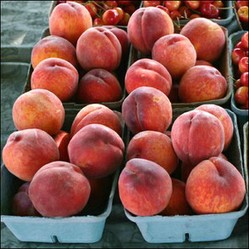
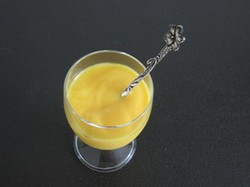
Comments
They are stored and hence cannot be termed as absolutely fresh but nevertheless, the spices stay fresh for a long time and do not lose their flavors. Yes, manufacturing dates and expiration dates are mentioned in the packing.
The second paragraph to your subheading Premix Whole Spice Masalas comments that "These whole spice instant premix recipes are slowly capturing the market. They contain whole spices masalas in perfect ration prepared by expert chefs. The advantage is consumers can check the freshness and authenticity of the whole spice present in the premix."
The United States has -- on bags, bottles, boxes, cans, everything that is drinkable or edible -- expiration dates that indicate the last dates for which such products safely may be considered fresh.
Would these premix boxes have such expiration and (limit of) freshness dates? Would their fresh lifespans be comparable or competitive with fresh ingredients?